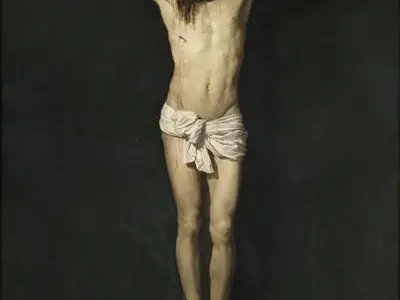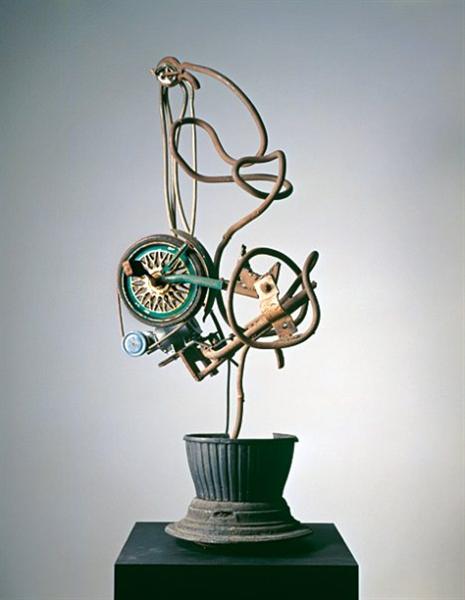Title of Artwork: “Christ on the Cross”

Artwork by Diego Velazquez
Year Created 1632
Summary of Christ on the Cross
Finished in 1632, Diego Velázquez’s Christ Crucified depicts the crucifixion of Jesus. The oil on canvas painting is 249 by 170 cm and is housed at the Museo del Prado.
While in Rome, Velázquez created a number of naked studies that would later be utilised in his paintings. These included Apollo at the Forge of Vulcan (1630) and Joseph’s Tunic (1630).
The naked study for this painting was praised by art experts for its uniqueness and mastery in capturing the subject’s innate calm, dignity, and grandeur. It’s a full-size nude in front, with no accompanying story.
All About Christ on the Cross
When creating his works, Velázquez used the standard iconography of the 17th century. Francisco Pacheco, his master and a staunch advocate of classicist painting, depicted Christ on the cross with the same iconography used by Velázquez: four nails, feet together, braced on a small wooden brace, in the classic contrapposto posture.
Instead of making a triangle with their arms, they make a soft curve with them. The loincloth is depicted as being relatively thin in order to allow as much skin to show through.
A thin halo emanates from the figure’s head, and his features are partially shown while his face rests on his chest. A large portion of the face is obscured by the long, straight hair, perhaps a portent of death already inflicted as seen by the wound on the right side.
The dramatic aspects that define Baroque art are missing here.
A lack of context makes it impossible to pinpoint when the painting was created. In spite of this, experts believe the painting was created after Velázquez returned from Italy, most likely between 1631 and 1632. The relaxed body language, idealised face, and slightly drooping head all point to the work of Classicist painters as a source of inspiration.
However, the intense chiaroscuro between the background and the torso, as well as the bright, fake lightning over the cross, are reminiscent of Caravaggism.
It was probably commissioned for the sacristy in the San Plácido Convent. This picture belonged to Manuel Godoy’s confiscated belongings, but it was eventually returned to the 15th Countess of Chinchón, Maria Teresa de Borbón. King Fernando VII received the picture from her brother-in-law, the Duke of San Fernando de Quiroga, after she passed away. The king subsequently donated the artwork to the Museo del Prado.
Much religious poetry has been prompted by the mystery and spirituality of this artwork, most notably the poem El Cristo de Velázquez by the Spanish poet and philosopher Miguel de Unamuno.
Information Citations:
En.wikipedia.org, https://en.wikipedia.org/.
























